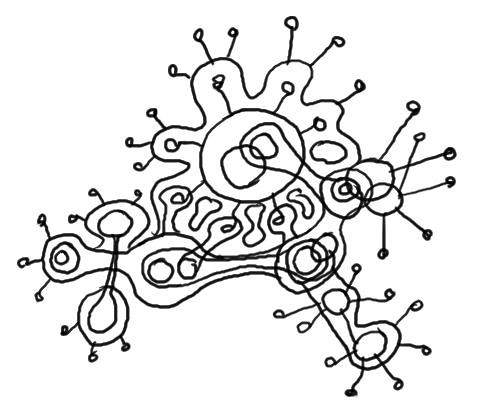
A job we are being called on to do more and more nowadays is
to advise on the organisational design for knowledge management.
What roles need to be in place? How many of them? Where
should they be located? Who should they report to? For many of our clients,
understanding the organisational design is an important early step in
understanding the KM framework.
Let us take an analogy. Imagine you were introducing
Financial Management. You would need
- A certain number of Budget holders - the people accountable for money within projects and operations. Probably one per project, and a cascade of budget holders within the operational departments
- A certain number of accountants and Cost engineers, doing the nuts and bolts of financial transactions. Some of these would be in the projects, or you might set up an Accounts department.
- A central finance team - the people who shuffle money between the projects and operations, with responsibility for auditing and process
- CFOs and Finance Directors - the people accountable for the financial management system itself
So if you are introducing Knowledge Management you will
eventually need
- A certain number of people accountable for knowledge within projects and operations. Probably one per project, maybe one per department
- A certain number of knowledge managers and knowledge engineers doing the nuts and bolts of knowledge transactions. Some of these would be in the projects, or you might set up a KM support department, or put people in the PMOs
- A set of expertise-focused roles, in the supporting functions – knowledge owners, SMEs and community facilitators - the people who ensure the flow of knowledge between the projects and operations
- A central KM team, with responsibility for auditing and process
- A CKO, accountable for the knowledge management system itself
Sounds like a lot of roles, eh? But that’s what you find in any company that is successful in this area.
- In Shell – the network leaders, the network focal points, the SMEs, the Wiki team, the KM support units
- In ConocoPhilips, the 120 Network leaders, the support team
- In Wipro, the functional team of 43, the KM support team of 15-20, and the 400 “KM Primes” embedded in the business
- And so on
Don’t neglect this issue of organisational design. If Knowledge Management is to
become an embedded part of the way you work, it needs an embedded KM
organisational structure of roles and accountabilities, to support it.




No comments:
Post a Comment